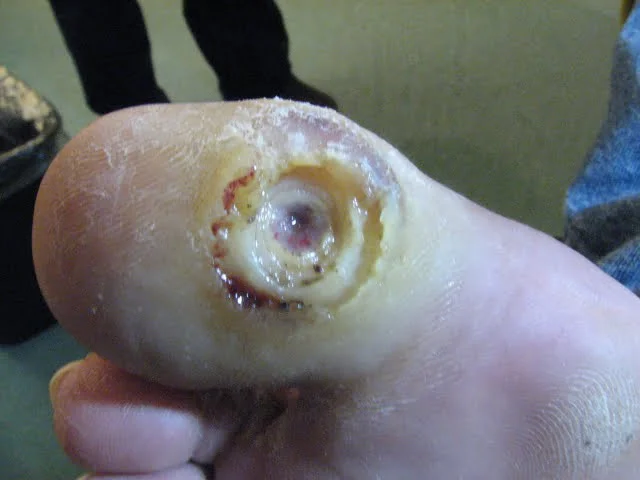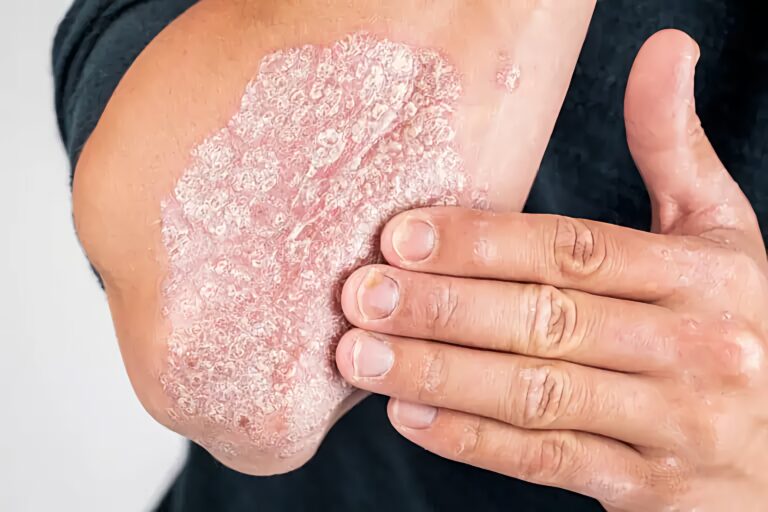Five Ways To Promote Healing for Chronic Wounds

Chronic wounds are those that fail to progress through the normal stages of healing in a timely manner. These wounds may persist for weeks or even months due to poor circulation, infection, pressure, diabetes, or underlying conditions that affect the body’s ability to regenerate tissue. The presence of biofilm, repeated trauma to the area, and inadequate wound care can all delay healing.
Understanding what interferes with healing is the first step toward improvement. Identifying the root cause allows for tailored treatment that addresses both the wound and the contributing medical conditions. Without consistent attention, chronic wounds may lead to serious complications such as infection, cellulitis, or even amputation in high-risk individuals.
How Does Proper Cleaning Affect Healing?
Keeping a wound clean is one of the most effective ways to promote healing. Regular cleansing removes bacteria, debris, and dead tissue that can accumulate and interfere with recovery. Wound care professionals often use sterile saline or other gentle solutions to avoid further irritation during cleaning. Proper wound cleaning also creates an optimal environment for tissue regeneration. Debridement—removing unhealthy tissue from the wound—may also be needed to support healing. While some wounds may require only minimal intervention, others benefit from ongoing medical oversight to monitor for signs of infection or delayed progress.
What Role Does Moisture Play in Wound Recovery?
Many people believe wounds should be kept dry, but current wound care practices often recommend a moist healing environment. Moisture can accelerate tissue growth, reduce scarring, and minimize pain during recovery. Specialized dressings help retain the right level of moisture while protecting the wound from contaminants.
Moist wound healing is particularly beneficial for chronic wounds that are slow to close. Hydrocolloid, foam, and hydrogel dressings are just a few options available depending on the wound’s depth, drainage, and location. Selecting the correct type of dressing supports faster recovery and reduces the risk of complications.
Why Is Nutrition Critical in Wound Care?
The body needs adequate nutrients to repair damaged tissue. Protein is essential for cell growth, while vitamins like C and A support collagen production and immune function. Zinc also plays a major role in skin repair and regeneration. Without sufficient nutrition, wounds may stall or worsen over time.
People with chronic wounds should consider working with a healthcare provider or registered dietitian to evaluate their dietary intake. In some cases, supplementation may be necessary. Drinking enough water is also key, as hydration supports circulation and helps deliver oxygen and nutrients to the wound site. Many chronic wounds develop from prolonged pressure on a specific part of the body, especially in individuals with limited mobility. Bedsores, or pressure ulcers, often occur in patients who are confined to beds or wheelchairs. In these cases, relieving pressure on the wound is key for recovery.
Techniques such as repositioning, using specialized cushions or mattresses, and offloading devices can reduce the strain on affected areas. Reducing pressure not only helps the wound heal but also prevents new wounds from forming. Proper wound care includes regularly assessing how the wound area is supported and making changes as needed.
What Can You Expect With Consistent Wound Care?
Effective wound care takes time, attention, and the right combination of strategies. Healing won’t happen overnight, but consistent care leads to steady progress. By addressing the root causes, keeping the wound clean and moist, supporting the body nutritionally, and relieving pressure, many chronic wounds can heal successfully.
- What to Expect When Visiting a Foot and Ankle Specialist
- Causes of PTSD
- The Link Between Plantar Fasciitis and Weight Gain: What You Need to Know
- How Pet Ownership Can Positively Impact Life with Fibromyalgia
- The Importance of Stretching and Flexibility in Sports Medicine
Dr. Emma Green is a health and wellness expert with over 10 years of experience in nutrition and fitness. Passionate about helping others live their healthiest lives, Dr. Green shares practical advice on wellness, nutrition, and sustainable living through LivingSpristine.






